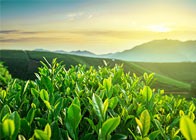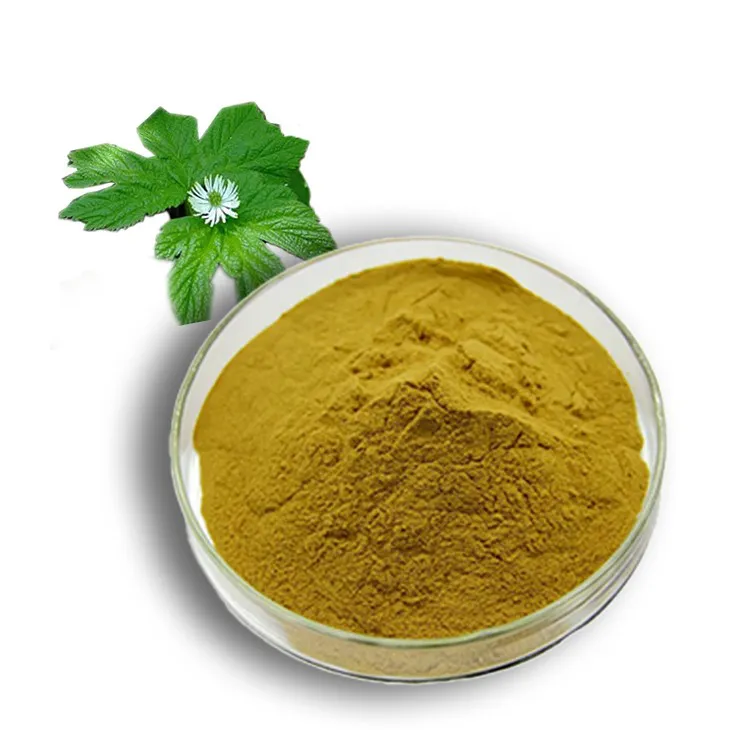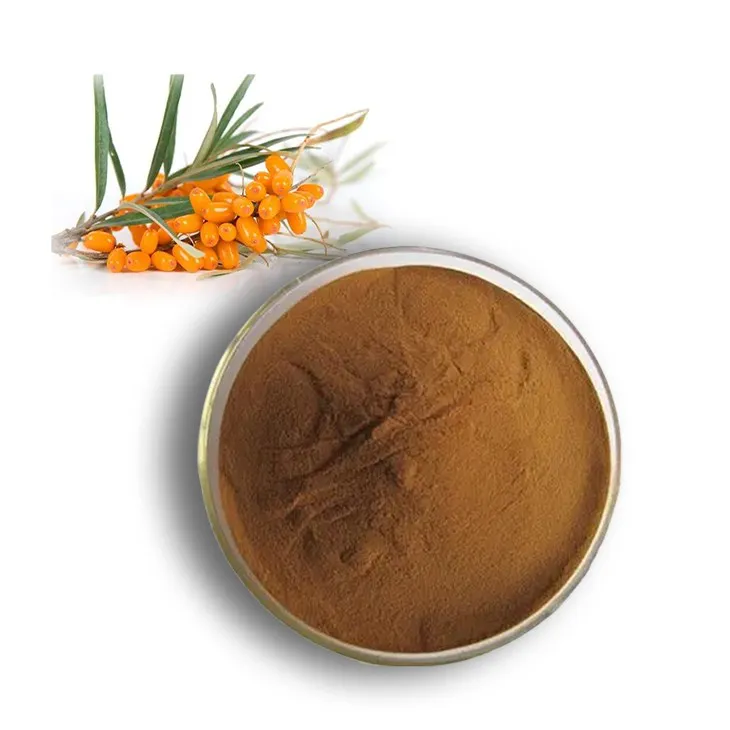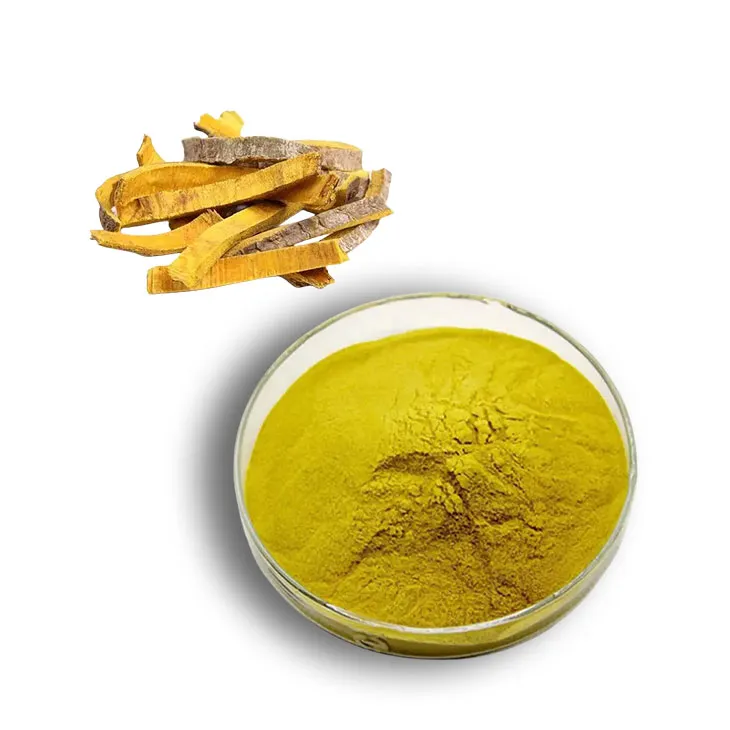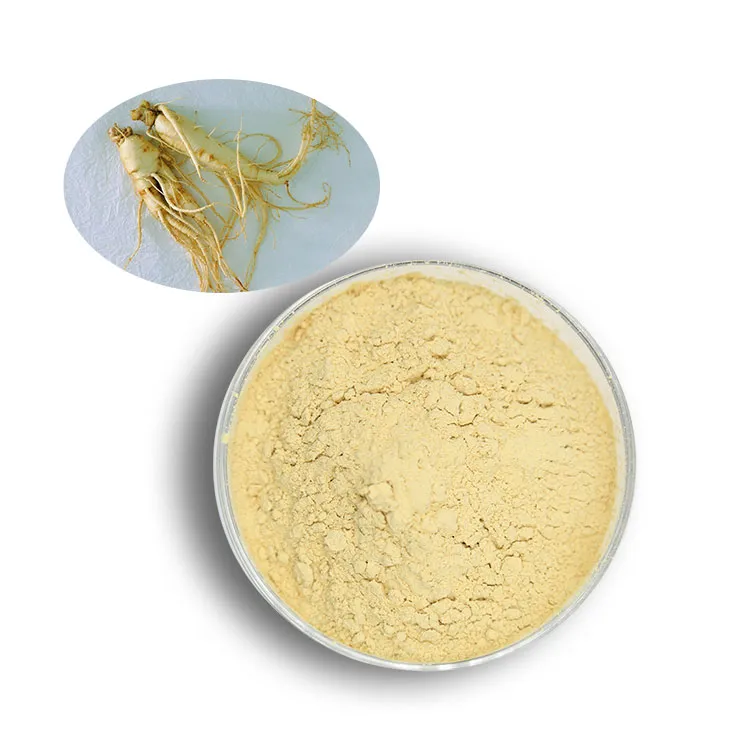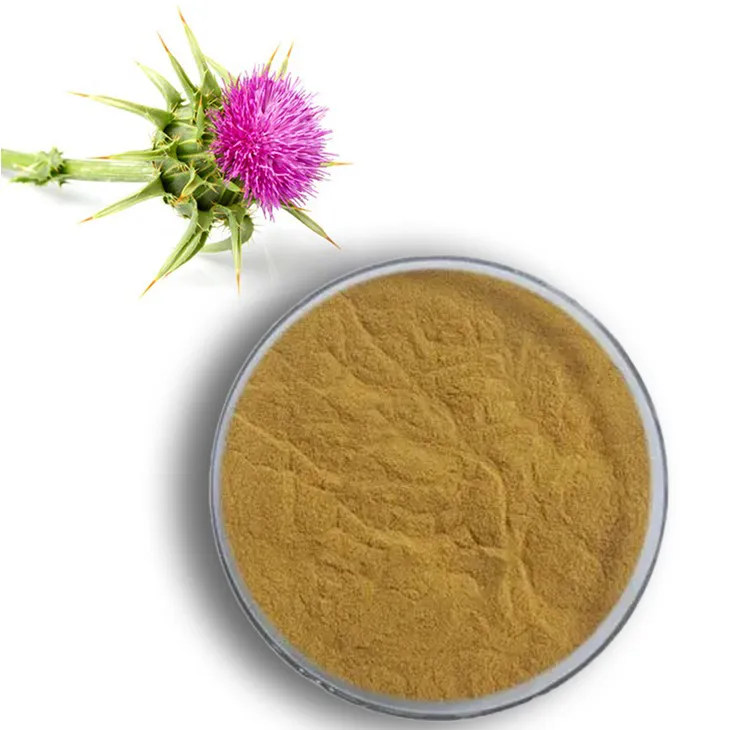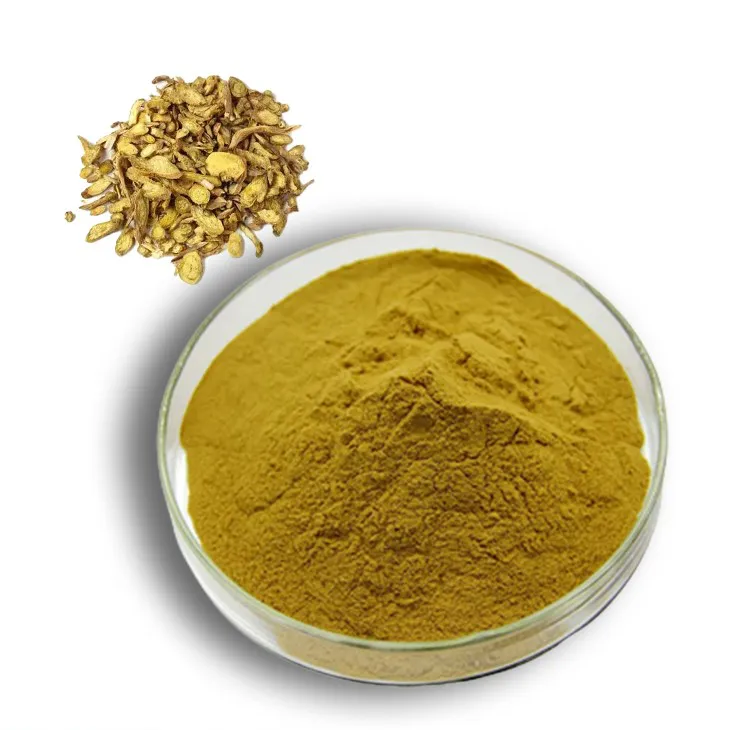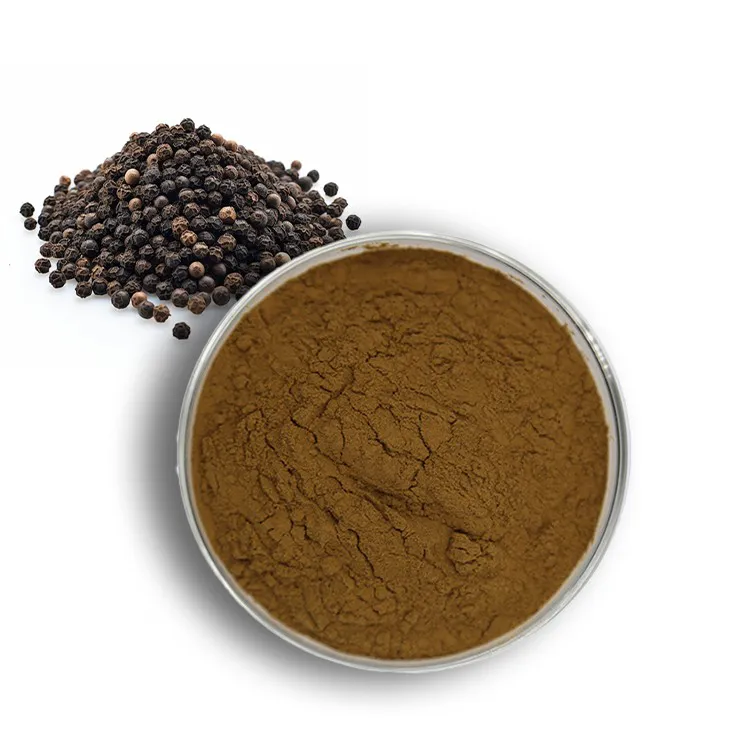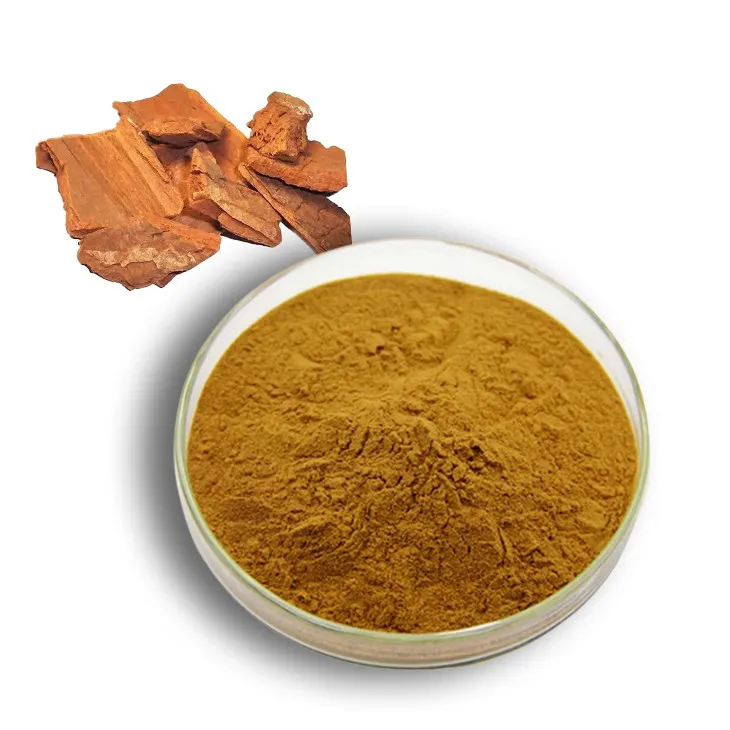- 0086-571-85302990
- sales@greenskybio.com
Boswellia and Boswellia Serrata: Key Differences and Health Benefits
2025-07-20
The world of natural remedies and herbal supplements is rich and diverse, providing us with a plethora of plant-based options for managing and enhancing health. Among these, Boswellia and Boswellia serrata are two important names that often arise in discussions of anti-inflammatory and joint health solutions. While they are closely related, understanding the differences and unique attributes of each can help consumers make informed decisions about their use. This article delves into the distinctions between Boswellia as a genus and Boswellia serrata as a specific species, highlighting their benefits, uses, and what makes them particularly valuable in traditional and modern medicine.
Introduction to Boswellia
Boswellia refers to a genus of trees famous for producing frankincense, an aromatic resin historically prized for its use in religious rituals, perfumes, and traditional healing practices. These trees are native to various regions in Africa, India, and the Arabian Peninsula, thriving in dry and mountainous areas. Frankincense, derived from the resin of Boswellia trees, has been central to cultural practices for centuries, and it is an essential part of Ayurvedic and African traditional medicine. The resin is known for its aromatic properties and medicinal potential, particularly in reducing inflammation and supporting joint health.
Boswellia in General
The Boswellia genus comprises several species, each with distinct characteristics and geographic distributions. These species include:
Boswellia sacra: Predominantly found in Oman, Yemen, and Somalia, Boswellia sacra is a major source of high-grade frankincense used in traditional ceremonies and medicines.
Boswellia carterii: Native to Somalia and parts of Ethiopia, Boswellia carterii is another source of aromatic frankincense resin, and its uses are similar to those of Boswellia sacra.
Boswellia frereana: Also originating from Somalia, this species produces a unique resin used both for therapeutic purposes and as a chewing gum.
Different species of Boswellia produce aromatic resins that contain therapeutic properties. Each species of Boswellia offers distinct types of resin, and differences in climate and soil contribute to variations in the chemical composition of these resins.
Boswellia Serrata: A Specific Species
Boswellia serrata, often simply referred to as "Indian frankincense," is a particular species within the Boswellia genus. It is native to India and the surrounding regions, where it has been used for centuries in Ayurvedic medicine. The resin extracted from Boswellia serrata, known as Salai guggul, holds significant medicinal value.
Key Characteristics of Boswellia Serrata:
Anti-Inflammatory Properties: Boswellia serrata is esteemed for its potent anti-inflammatory effects, primarily attributed to boswellic acids present in the resin. These acids inhibit pro-inflammatory enzymes, which can reduce inflammation and pain.
Joint Health Support: Its use in managing conditions such as osteoarthritis and rheumatoid arthritis is widely supported by both traditional use and modern clinical studies. Boswellia serrata aids in reducing joint swelling, improving flexibility, and reducing discomfort.
Respiratory Health: In Ayurvedic medicine, the resin is employed to manage respiratory conditions, including asthma and bronchitis, due to its ability to soothe inflammation of the airways.
Digestive Support: It is traditionally used for treating digestive disorders and supporting overall gut health, providing relief from symptoms like diarrhea and abdominal pain.
The resin of Boswellia serrata is harvested similarly to other Boswellia species, where incisions are made in the tree's bark, allowing the resin to seep out and harden upon exposure to air. This resin is then collected and processed for therapeutic use.
Differences Between Boswellia and Boswellia Serrata
Scope: Boswellia is a broader term that denotes the entire genus of trees producing frankincense, whereas Boswellia serrata refers specifically to one species within this genus.
Geographic Origin: Different species of Boswellia originate from various regions. While Boswellia serrata is predominantly found in India, other species like Boswellia sacra and Boswellia carterii have origins in different parts of Africa and the Arabian Peninsula.
Chemical Composition: The chemical profile of the resin varies between Boswellia species, influencing its therapeutic properties. Boswellia serrata's resin is particularly rich in boswellic acids, which are key contributors to its anti-inflammatory capacity.
Traditional Usage: While many Boswellia species have overlapping uses in traditional medicines (such as ritualistic burning and anti-inflammatory applications), Boswellia serrata is specifically integral to Ayurvedic practices in India.
Applications and Health Benefits
Boswellia serrata, due to its well-documented medicinal properties, is widely used in the development of pharmaceutical and nutraceutical products. Here are some of its prominent applications:
Arthritis and Joint Disorders: Boswellia serrata supplements are frequently prescribed for managing inflammatory joint disorders, providing symptomatic relief as an adjunct to conventional medications.
Herbal Remedies: Beyond joint health, Boswellia serrata is included in herbal formulations aimed at managing inflammation and pain, supporting respiratory health, and promoting digestive wellness.
Supplements: Available in various forms—such as capsules, tablets, and topical creams—Boswellia serrata is easily incorporated into routine health regimens for its anti-inflammatory benefits.
Safety and Precautions
Despite its efficacy, certain precautions should be considered when using Boswellia serrata:
Dosage: Always follow recommended dosages on product labels or the advice of healthcare professionals to avoid side effects, such as gastrointestinal discomfort or allergic reactions.
Interactions: Boswellia serrata may interact with certain medications, particularly those affecting the immune system. Consulting healthcare providers before starting supplementation is advisable.
Pregnancy and Lactation: As with most herbal supplements, consult a healthcare provider to assess safety during pregnancy or while nursing.
Conclusion
Understanding the differences between Boswellia as a genus and Boswellia serrata as a specific species is important for differentiating their uses and health benefits. While the Boswellia genus offers a range of aromatic resins with diverse applications in traditional and modern medicine, Boswellia serrata stands out for its potent anti-inflammatory properties and its role in supporting joint and respiratory health.
The use of Boswellia serrata in supplements and alternative medicine continues to grow, driven by both historical use and ongoing scientific research. By incorporating Boswellia serrata into health practices and considering it within its broader genus framework, individuals can tap into the benefits of this ancient healing resource, optimizing wellbeing and enhancing quality of life. However, as with any supplement, responsible use and professional guidance ensure the safest and most effective outcomes.
- ▶ Hesperidin
- ▶ Citrus Bioflavonoids
- ▶ Plant Extract
- ▶ lycopene
- ▶ Diosmin
- ▶ Grape seed extract
- ▶ Sea buckthorn Juice Powder
- ▶ Fruit Juice Powder
- ▶ Hops Extract
- ▶ Artichoke Extract
- ▶ Mushroom extract
- ▶ Astaxanthin
- ▶ Green Tea Extract
- ▶ Curcumin
- ▶ Horse Chestnut Extract
- ▶ Other Product
- ▶ Boswellia Serrata Extract
- ▶ Resveratrol
- ▶ Marigold Extract
- ▶ Grape Leaf Extract
- ▶ New Product
- ▶ Aminolevulinic acid
- ▶ Cranberry Extract
- ▶ Red Yeast Rice
- ▶ Red Wine Extract
-
Golden Seal Extract
2025-07-20
-
Buckthorn bark extract
2025-07-20
-
Phellodendron Extract
2025-07-20
-
American Ginseng Root Extract
2025-07-20
-
Acerola Extract
2025-07-20
-
Milk Thistle Extract
2025-07-20
-
Baicalin
2025-07-20
-
Black Pepper Extract
2025-07-20
-
Yohimbine Bark Extract
2025-07-20
-
Epimedium extract powder
2025-07-20

